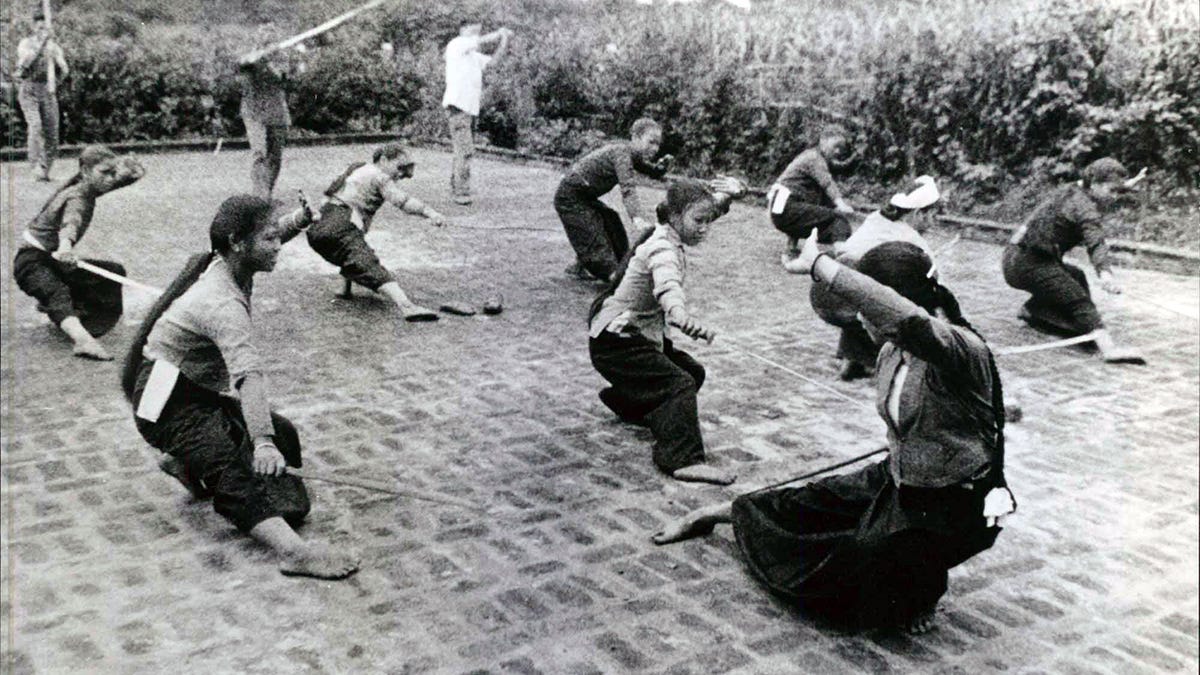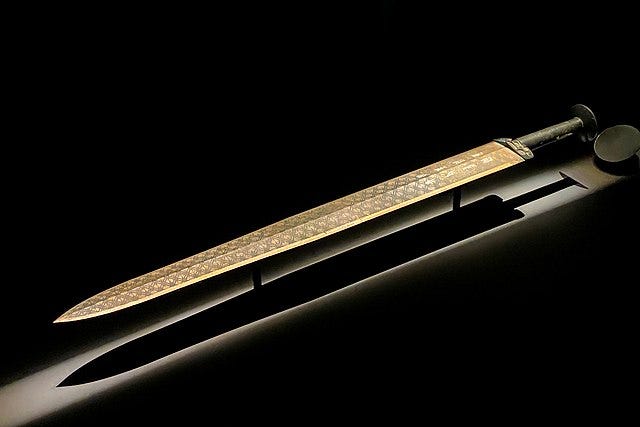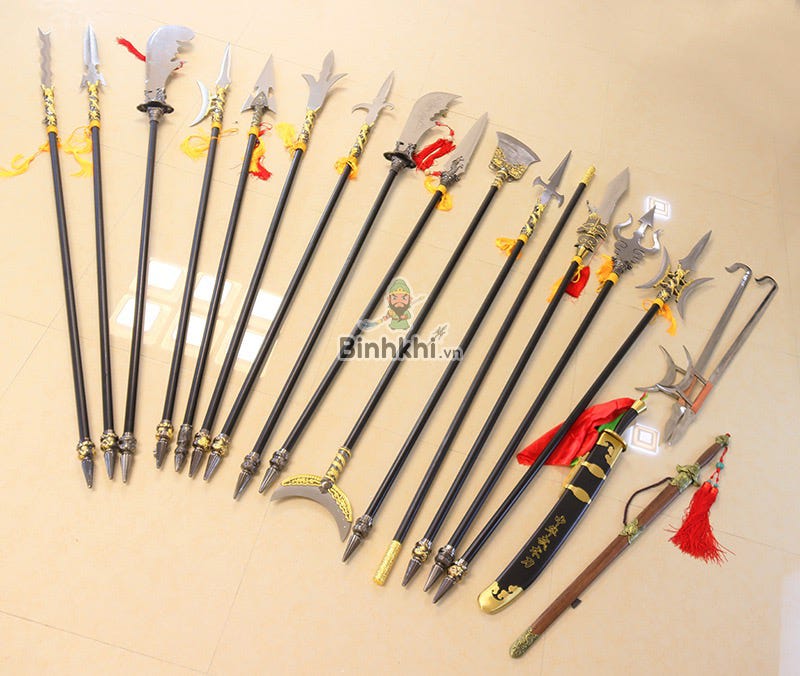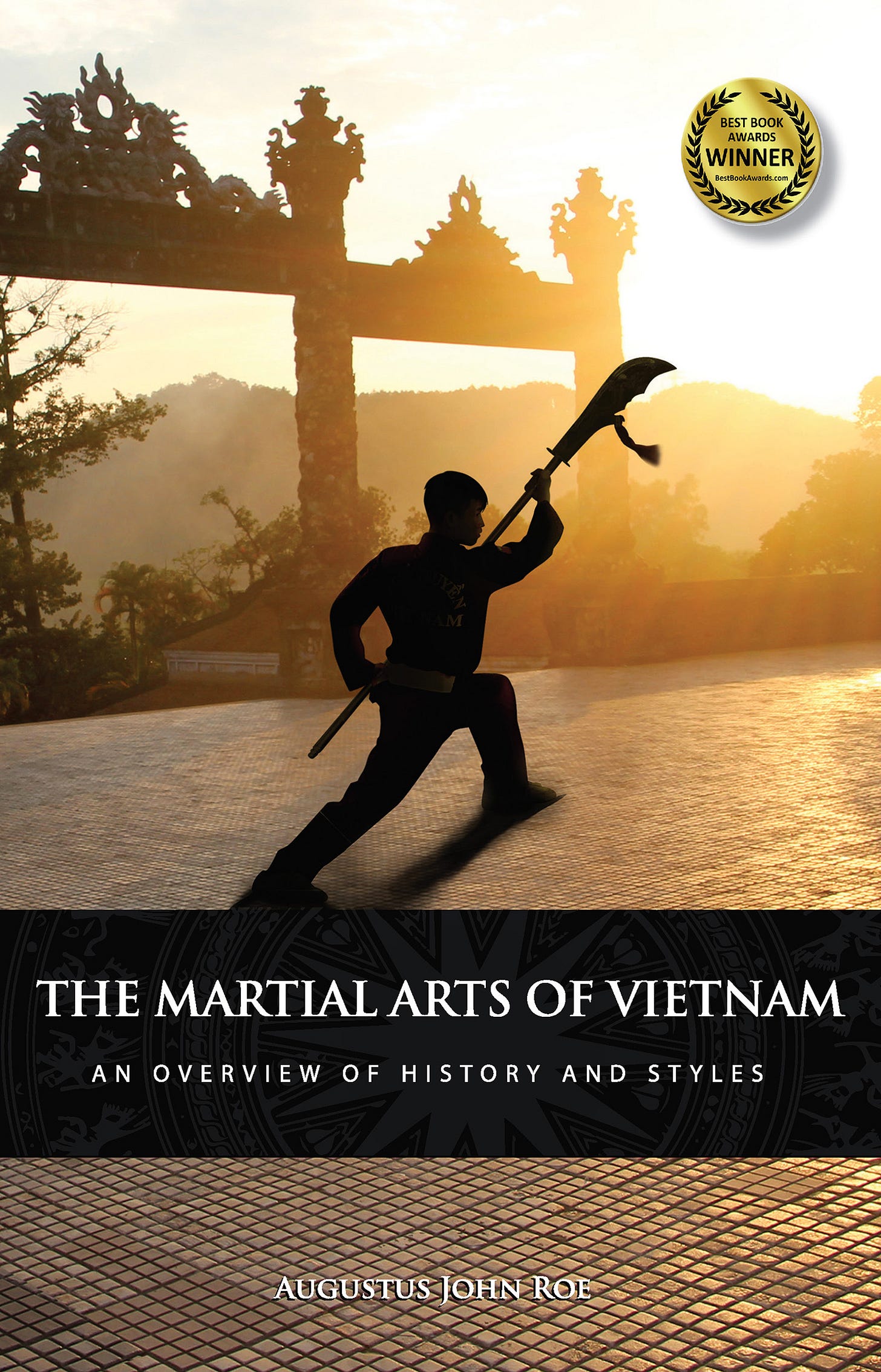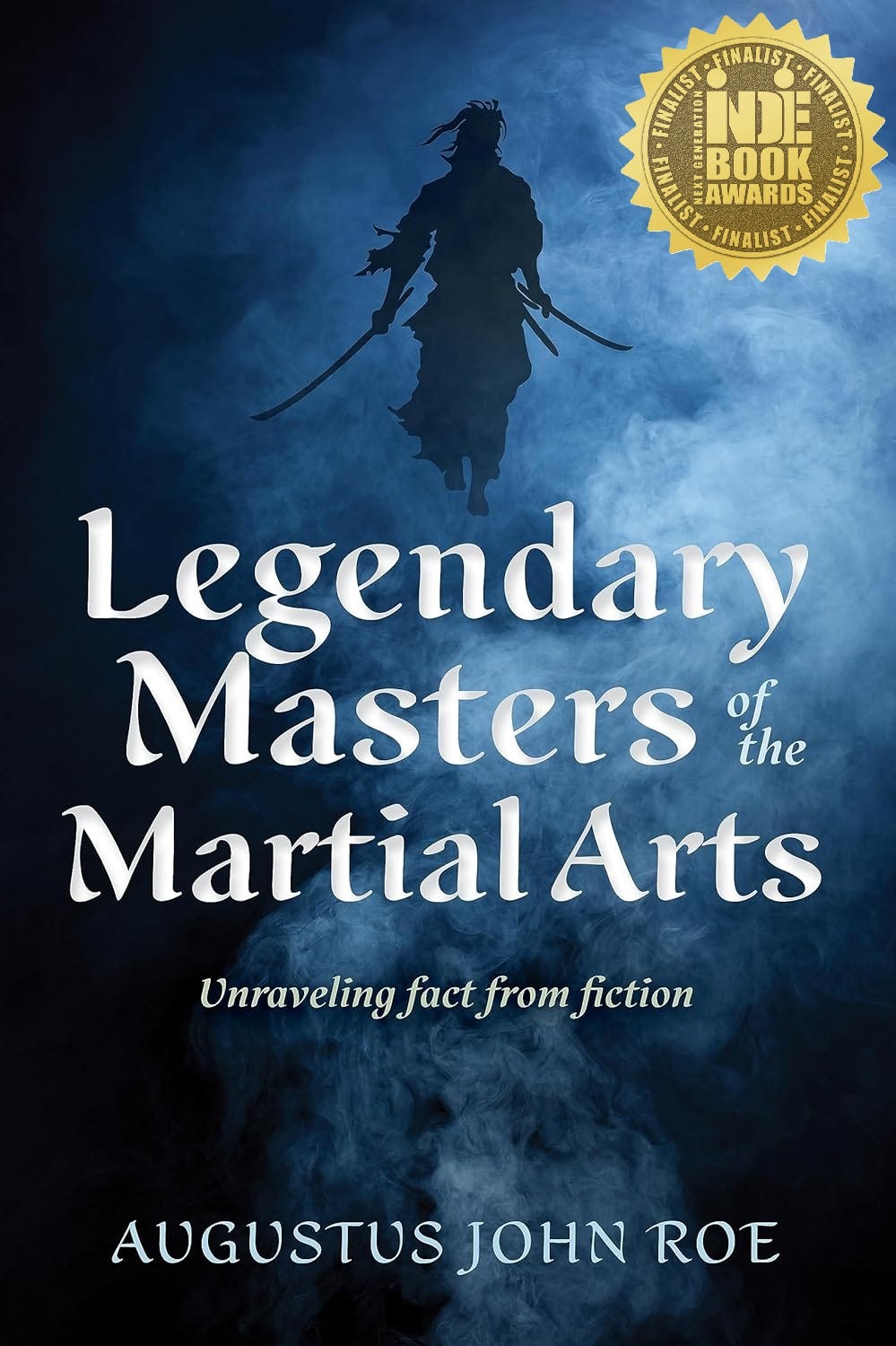Chinese Martial Arts and Their Journey South into Vietnam
Chinese martial arts are renowned across the globe, not only for their incredible displays of speed, strength and skill, but also for their rich culture and historical origins. While many articles discuss their spread to the West, their expansion down into the Southeast Asian peninsula is a topic less frequently explored.
Southeast Asia boasts numerous indigenous fighting styles with ancient legacies of their own, such as Muay Thai (Thailand), Bokator (Cambodia), and Bando (Myanmar). Vietnam, however, presents a unique case. It served as both a physical and cultural highway between China and Southeast Asian civilizations like those of the Khmer and Champa Kingdoms. Consequently, the martial arts of the region include many distinctive hybrid systems that demonstrate a complex interplay between Chinese martial arts and native fighting styles.
This article will present a very brief overview of the introduction of early Chinese martial arts to Vietnam during ancient times. It will also discuss their cultural and physical expansion deeper into the Southeast Asian peninsula, their representation during the turbulent political landscapes of the eighteenth and nineteenth centuries, and their enduring influence in modern times.
The Yue Kingdom and Periods of Chinese Occupation (2000 BCE – 1500 CE)
Yue was an ancient kingdom (existing from around 2000 BCE) that incorporated many southernmost regions of China and extended into what is now northern Vietnam. This region specifically was known as Nan Yue (Southern Yue) or Nam Viet (in the local dialect). The Yue Kingdom was renowned for its warrior culture and this idea has been strengthened in recent years by both archaeological evidence and popular stories such as 'The Sword of the Yue Maiden.’[1]
After the fall of the Yue Kingdom in 333 BCE, the Red River Delta region (modern-day Hanoi) alternated between Chinese occupation and local independence for nearly two thousand years, experiencing countless uprisings and civil wars. Over the centuries, a great deal of battlefield arts were likely exchanged, alongside systems of martial arts brought by traders, warriors, and monks who likely ventured into the wild and untamed frontier lands to the south.
A large number of early martial arts practices that traveled from China into Vietnam, however, were not simply fighting methods but were tied more closely to spiritual and cultural developments. As early as the sixth century, local iterations of Buddhist, Taoist, and Animist practices were widely practiced in the region.[2] Within these practices, rituals reminiscent of ancient Qigong, Neigong, spirit possession, and longevity techniques were commonplace, incorporating elements of martial arts. Many such techniques were championed by local kings and rulers. Some of the most notable were the Ly Dynasty monarchs (1009 – 1225), who were known for their experimental spiritual practices and as pioneers of martial arts.
The Expansion of 'Northern Culture' deeper into Southeast Asia (1500 CE - 1900)
In this context, 'northern culture' refers to that of the Viet people, who were heavily influenced by thousands of years of interchange with China. From the sixteenth century onwards, these 'northern' Viet people systematically expanded their reach southwards into the Cham and Khmer Kingdoms, warring over land, resources, and trade routes through mainland Southeast Asia. This expansion not only spread the northern culture but also saw heavy recruitment from Chinese militias, as well as an influx of traders and migrants fleeing poverty, violence, and political unrest during the Ming and Qing Dynasties. With these settlers came new martial arts traditions that further merged with local practices.[3]
Such influences can be seen particularly in regions like Binh Dinh Province, which became known as a hotspot of martial arts after being the focal point for rebellion that eventually united the entire country. This rebellion was launched by a trio of martial artist brothers who merged skills from both local styles and Chinese systems into their arsenal.
The modern practice of Binh Dinh Region martial arts reflects these influences. For example, the system includes typical Southeast Asian weapons and tools, such as axes and machetes, as well as those more commonly associated with Chinese battlefield martial arts, such as broadswords, halberds, and spears.[4]
By the seventeenth century, the Viet people had ventured into the 'deep south' Mekong Delta region, taking over Khmer city-states such as Prey Nôkôr (better known now as Saigon or Ho Chi Minh City). As a result, many immigrants of ethnic Chinese, Viet, and other Southeast Asian ethnicities also settled in these areas, seeking prosperity and better lives. This further increased the melting pot of fighting systems that developed in the region, most notably in Ho Chi Minh City's Chợ Lớn (Chinatown district) and the Seven Mountains region in the southwest of the country which borders Cambodia.
The Modern Era (1900-2000 onwards)
During the turbulent times in which the French ruled Indochina, from the late nineteenth to the early twentieth century, an increasing number of recognizable Chinese martial arts, such as Shaolin Kung Fu, Bak Mei, and Hung Gar, became popular across Vietnam. One of the most notable was Wing Chun, introduced by Nguyen Te Cong, a seventh-generation disciple of the southern Shaolin temple. Its emphasis on close-range combat, quick strikes, and efficiency in movement made it an ideal martial art for the crowded streets of Saigon. Like the Vietnamese version of 'Vinh Xuan', many of these styles were shaped by their practitioners and surroundings and developed into unique Sino-Viet styles in the years since they were first introduced.
In the mid-20th century, Taijiquan became very closely intertwined with Vietnamese martial arts culture, largely due to the interest of Ho Chi Minh, the leader of the Communist Party. As part of his diplomatic and personal interactions with China, he was introduced to the simplified 24-Form Taijiquan in the 1950s by the renowned master of Chinese martial arts, Gu Liuxin. Ho Chi Minh's dedication to Taijiquan wasn't just for personal health; he used it to foster ties with his allies to the north and arranged for young Vietnamese athletes, including his own band of personal bodyguards, to be trained in Taijiquan by Liuxin and his colleagues. Some scholars consider that this may have been a significant factor in the growth and widespread popularity of the 24-Form Taijiquan we see practiced today.[5]
Meanwhile, more hybrid systems developed across the nation thanks to the need for self-defense and physical strength through the hardships of the mid-twentieth century. A key example of this is Vovinam, which incorporates aspects of battlefield weaponry alongside throws and takedowns from indigenous wrestling and hard-body conditioning and training aspects of Chinese martial arts such as Hung Gar Kuen. Vovinam and numerous other styles that drew on the influences of Viet, Chinese, Khmer and other peoples became widespread throughout periods of war, which extended through to the late 1970s.
Conclusion: A Lasting Legacy of Cultural Exchange
In the 21st century, Chinese, Vietnamese, and Sino-Viet martial arts remain an integral part of Vietnam's martial landscape. The ongoing spiritual and cultural legacies developed within Chinese culture have become inextricably intertwined with the traditions of Vietnamese martial arts, as well as the combat forms of various indigenous groups that have called the region home.
Today, these ongoing martial practices reflect centuries of adaptation and transformation, emphasizing both physical prowess and spiritual cultivation. This evolving landscape embodies a synthesis of cultural identities and philosophies, with many 'Vietnamese' systems proudly considering figures such as Zhang Sanfeng and Bodhidharma as their martial patriarchs. However, undeniable influences and adaptations have formed along the way, making these styles distinctly different from those considered purely Chinese today.
To read more about Vietnamese martial arts, you can read "The Martial Arts of Vietnam," while my book "Legendary Masters of the Martial Arts" discusses some of the different myths and legends surrounding both historical and modern masters of martial arts.
References
[1] Trần K. H. (2024). Views from the South – Martial Arts of Vietnam, Part I. Chinese Martial Studies. Retrieved September 29, 2024, from
https://chinesemartialstudies.com
2 Allan, D., Skaggs, J., Tran, J., Mallon, S., Loh, H. L., & Winbourne, D. (2017). Southeast Asian Martial Arts Cambodia, Myanmar, Thailand, Vietnam. VIA MEDIA PUBLISHING.
3 Roe, A. J. (2020). The Martial Arts of Vietnam: An Overview of History and Styles. YMAA Publication Center.
4 Roe. (2020). The Martial Arts of Vietnam.
5 Trần, K. H. (2024, June 4–6). The little old Vietnamese man? Taijiquan diplomacy in Sino-Vietnamese relations and the making of an internal martial art. MAS Conference, Cardiff University, UK.
The above is an original article by Augustus John Roe author of Legendary Masters of the Martial Arts: Unraveling fact from Fiction, by Augustus John Roe, Publication Date October 2023, ISBN: 9781594399626 and The Martial Arts of Vietnam, Publication Date September 2020, ISBN: 9781594397974, both books published by YMAA Publication Center.





